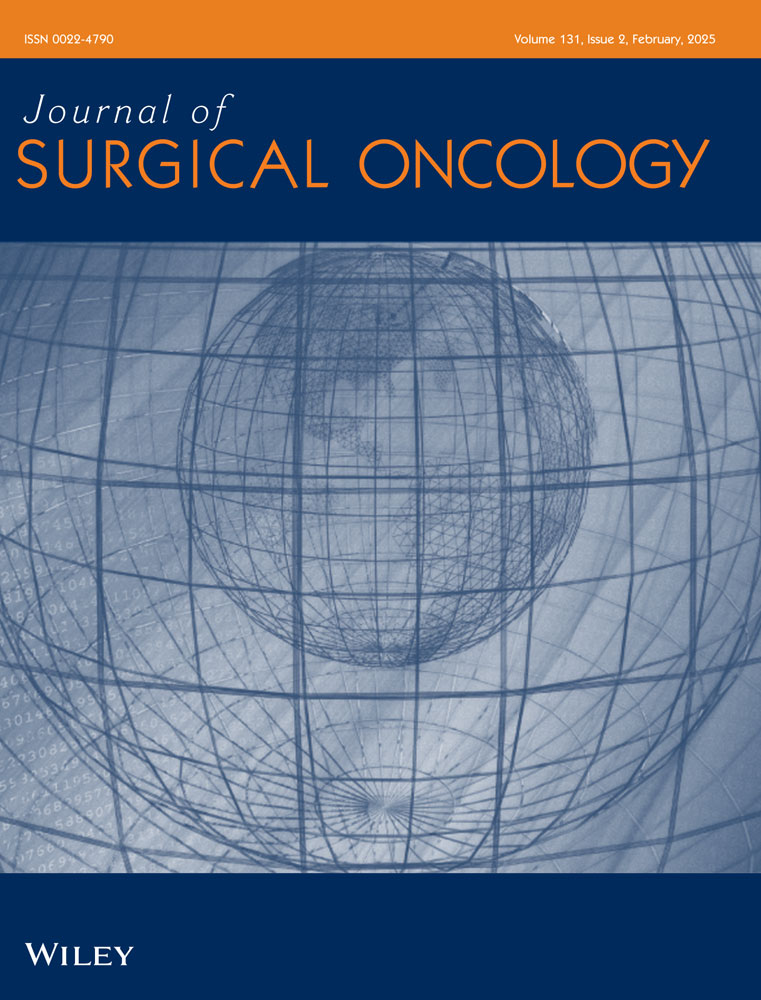Classification of Gastric Neuroendocrine Tumors and Associations With Survival
Meeting presentations at the American Society of Clinical Oncology Gastrointestinal Cancers Symposium, January 2024, San Francisco, CA, and Society of Surgical Oncology Annual Meeting, March 2024, Atlanta, GA.
ABSTRACT
Background and Objectives
Not all gastric neuroendocrine tumors (GNETs) may be classified into one of the three described clinicopathologic subtypes. The purpose of this study was to better characterize GNET subtypes and associated outcomes.
Methods
Patients treated for GNET at our institution (1995−2021) were identified. Pathologic specimens of tumors that could not be classified as type 1, 2, or 3 were further reviewed. GNETs were categorized as proton pump inhibitor (PPI)-associated based on changes in the background gastric mucosa consistent with PPI use. Distant metastasis at presentation (DM) and disease-specific survival (DSS) were evaluated.
Results
Among 246 patients, there were 164 (67%) type 1, 5 (2%) type 2, 52 (21%) type 3, and 18 (7%) PPI-associated GNETs. Seven (3%) tumors remained unclassified. DM was more frequent with type 3 GNETs (38%) than type 1 (1%), type 2 (20%), or PPI-associated tumors (11%, p < 0.001). Ten-year DSS rates were 100% for type 1, 53% (95% confidence interval [CI], 38%−75%) for type 3, and 80% (95% CI, 58%−100%) for PPI-associated tumors (p < 0.001). GNET subtype, race, and DM were independently associated with DSS.
Conclusions
PPI-associated tumors may represent a distinct GNET subtype with intermediate outcomes. Other factors should also be considered in overall prognosis.
Conflicts of Interest
The authors declare no conflicts of interest.
Open Research
Data Availability Statement
The data represents protected health information and is not openly available, but can be shared upon request with a material transfer agreement and institutional review board approval.




